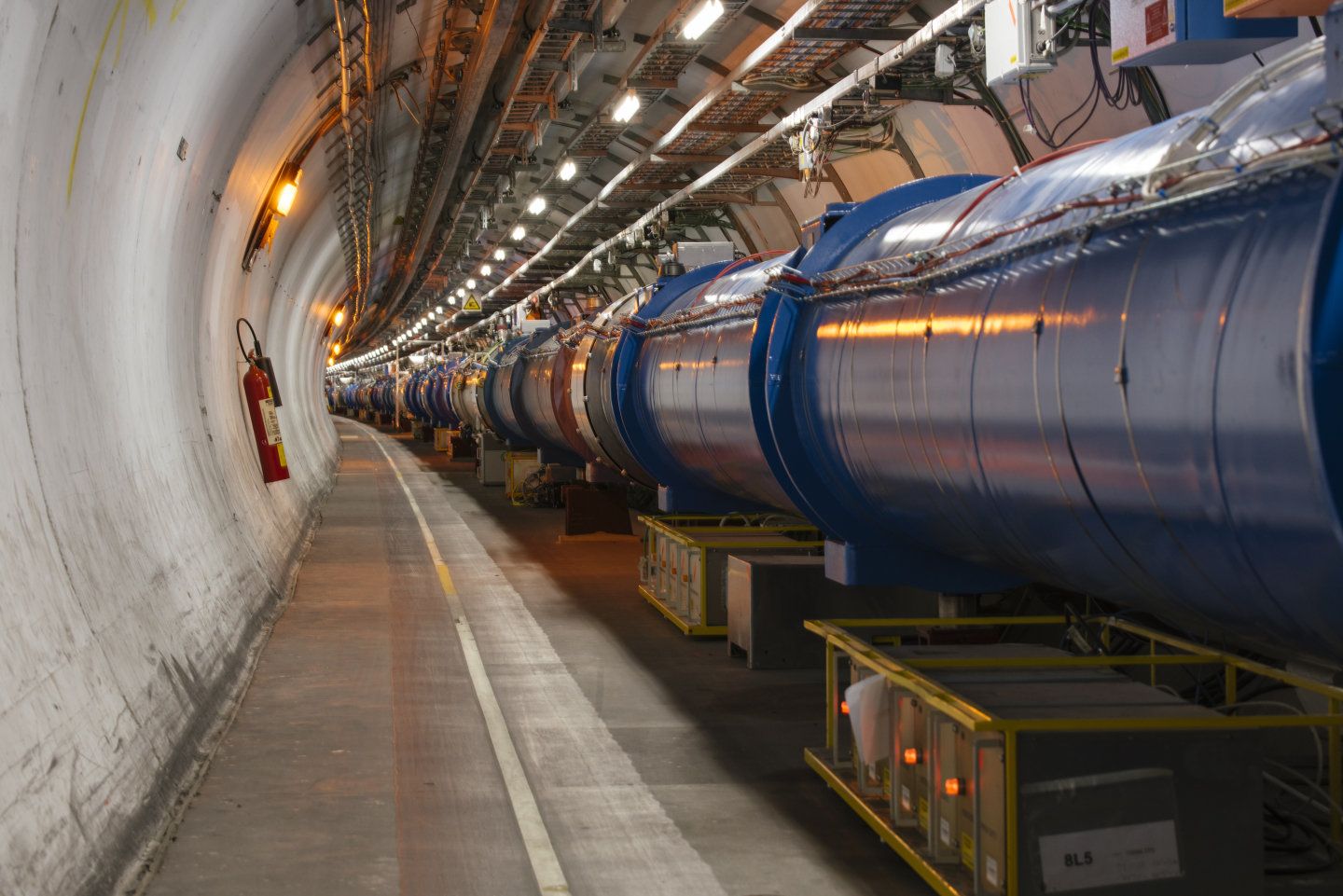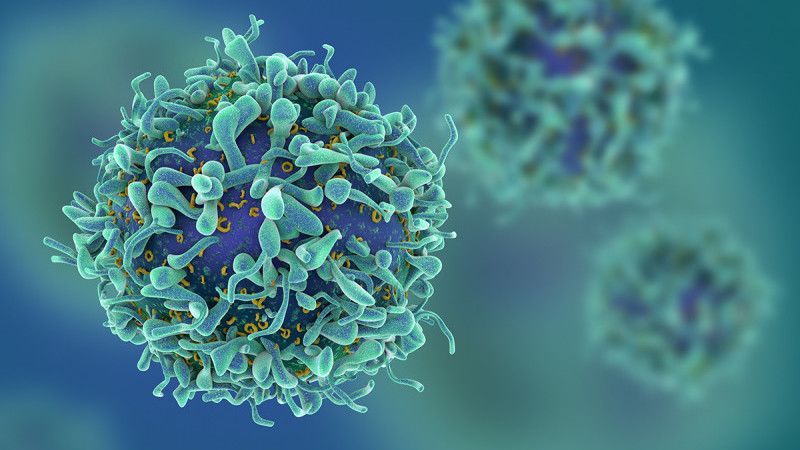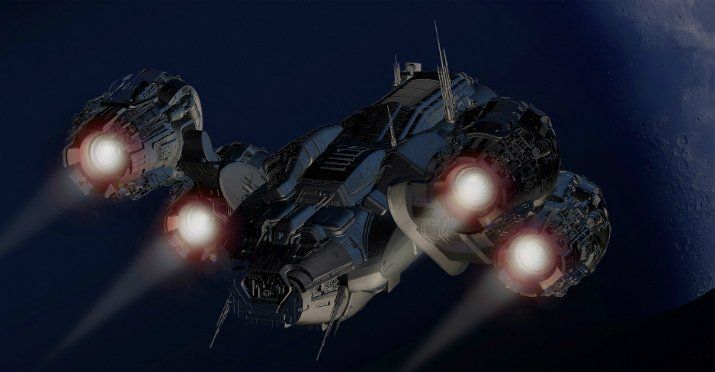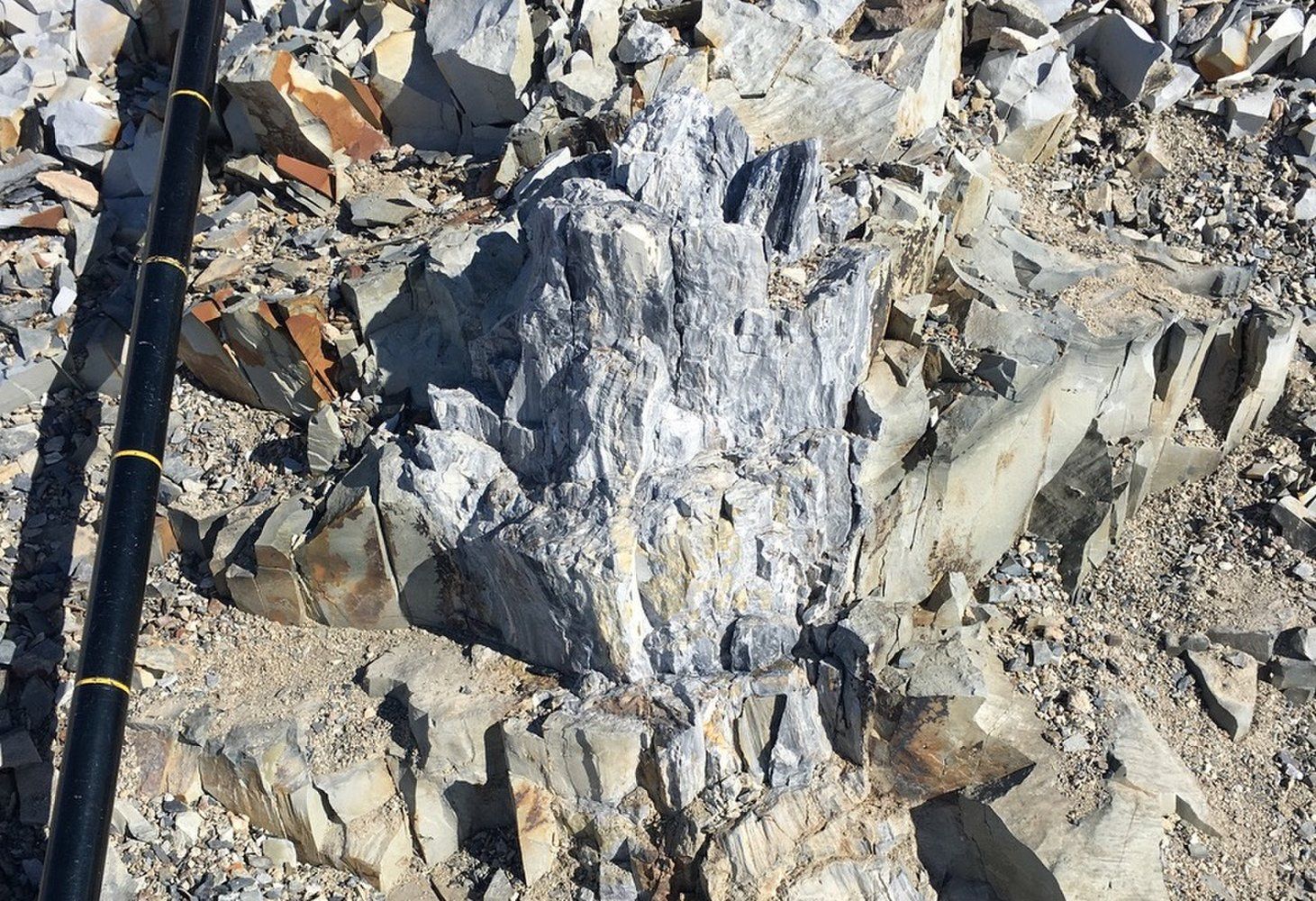It’s the end of the road for the protons this year after a magnificent performance from the Large Hadron Collider (LHC). On Friday, the final beams of the 2017 proton run circulated in the LHC. The run ended, as it does every year, with a round up of the luminosity performance, the indicator by which the effectiveness of a collider is measured and on which the operators keep a constant eye.
The LHC has far exceeded its target for 2017. It has provided its two major experiments, ATLAS and CMS, with 50 inverse femtobarns of data, i.e. 5 billion million million collisions. The inverse femtobarn (fb-1) is the unit used to measure integrated luminosity, or the cumulative number of potential collisions over a given period.
This result is all the more remarkable because the machine experts had to overcome a serious setback. A vacuum problem in the beam pipe of a magnet cell limited the number of bunches that could circulate in the machine. Several teams were brought in to find a solution. Notably, the arrangement of the bunches in the beams was changed. After a few weeks, luminosity started to increase again.

















